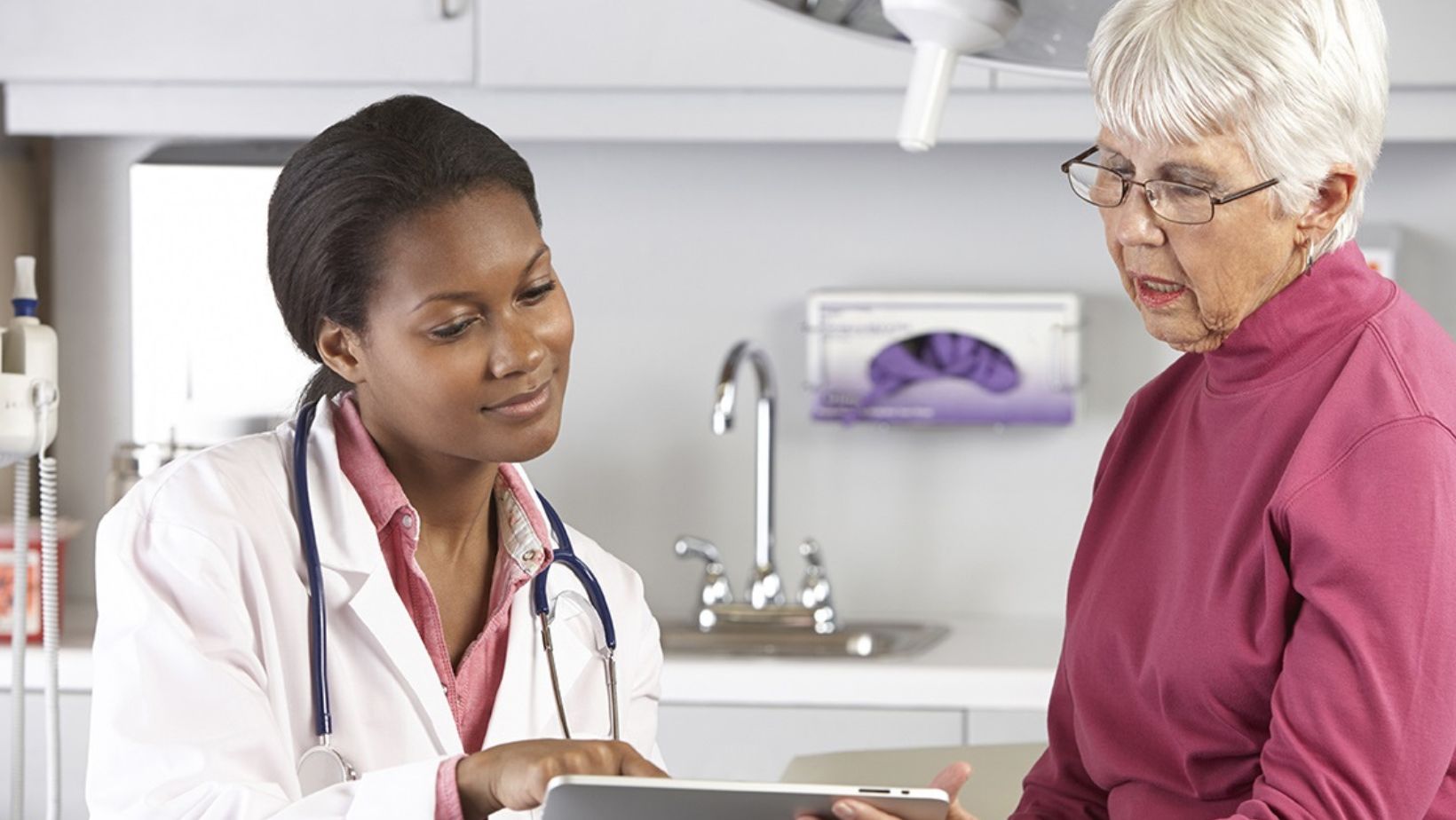Aboriginal children in remote Australian communities have faced the world’s highest rates of skin sores, or impetigo, with nearly one in two children affected at any given time.Impetigo, a highly contagious bacterial skin infection, often goes unnoticed despite its painful and itchy nature.
Scabies, another skin condition, also disproportionately affects Indigenous children, with one in three impacted.The Kimberley region of Western Australia paints an even grimmer picture: Aboriginal children there ar Program: A Community-Driven Solution
Alarming Rates of Skin Infections in Remote Communities

In response to this health crisis, researchers collaborated with nine Kimberley communities over five years to implement a comprehensive skin health program called SToP—short for “See, Treat, and Prevent.” This initiative, co-designed with Aboriginal community-controlled health organizations and local schools, focused on reducing skin infections through diagnosis, treatment, and prevention.
The program trained healthcare workers, community members, and school staff to identify and treat skin infections using the latest evidence-based methods. It also included creative prevention effe 34 times more likely than their non-Indigenous peers to be hospitalized for skin infections during their first year of life. Untreated skin infections can lead to severe health complications, including sepsis, rheumatic fever, and kidney disease.
The SToPorts, such as developing healthy skin books in local languages, recording a hip-hop video with children, and engaging communities in conversations about the importance of environmental health and housing maintenance.
The results, published in The Lancet Child and Adolescent Health, are promising. Skin sores among children in the Kimberley have halved—from affecting four in ten children at the start of the program to two in ten by the end. Scabies rates also declined, with less than one in ten children affected throughout the study.
Skin Infection Challenges and Lessons Learned

While the SToP program delivered significant results, challenges remain. Community involvement was key to the program’s success, with more than 770 children receiving over 3,000 skin checks from 2019 to 2022. However, clinic-based treatment uptake was lower than anticipated, likely due to high staff turnover and long-standing treatment preferences in remote health clinics.
Despite these hurdles, community engagement was a standout success. More than 85 community members participated in reviewing the program’s results in 2023, sharing their interpretations and insights. Their feedback strengthened the program’s evaluation and highlighted the importance of tailoring health interventions to the unique needs of Aboriginal communities.
Looking Ahead: Expanding Healthy Skin Infection Programs

The SToP program has demonstrated the effectiveness of combining Western medical approaches with Indigenous community voices. The researchers hope this model can be expanded to other remote communities across Australia. Resources from the program, including the healthy skin books, have already been shared for translation and adaptation in different regions.
Improving skin health prevents severe health outcomes and enhances overall well-being. As the largest and most visible organ, the skin is a critical marker of health. With continued investment and collaboration, programs like SToP can play a vital role in closing the health gap for Indigenous Australians.

